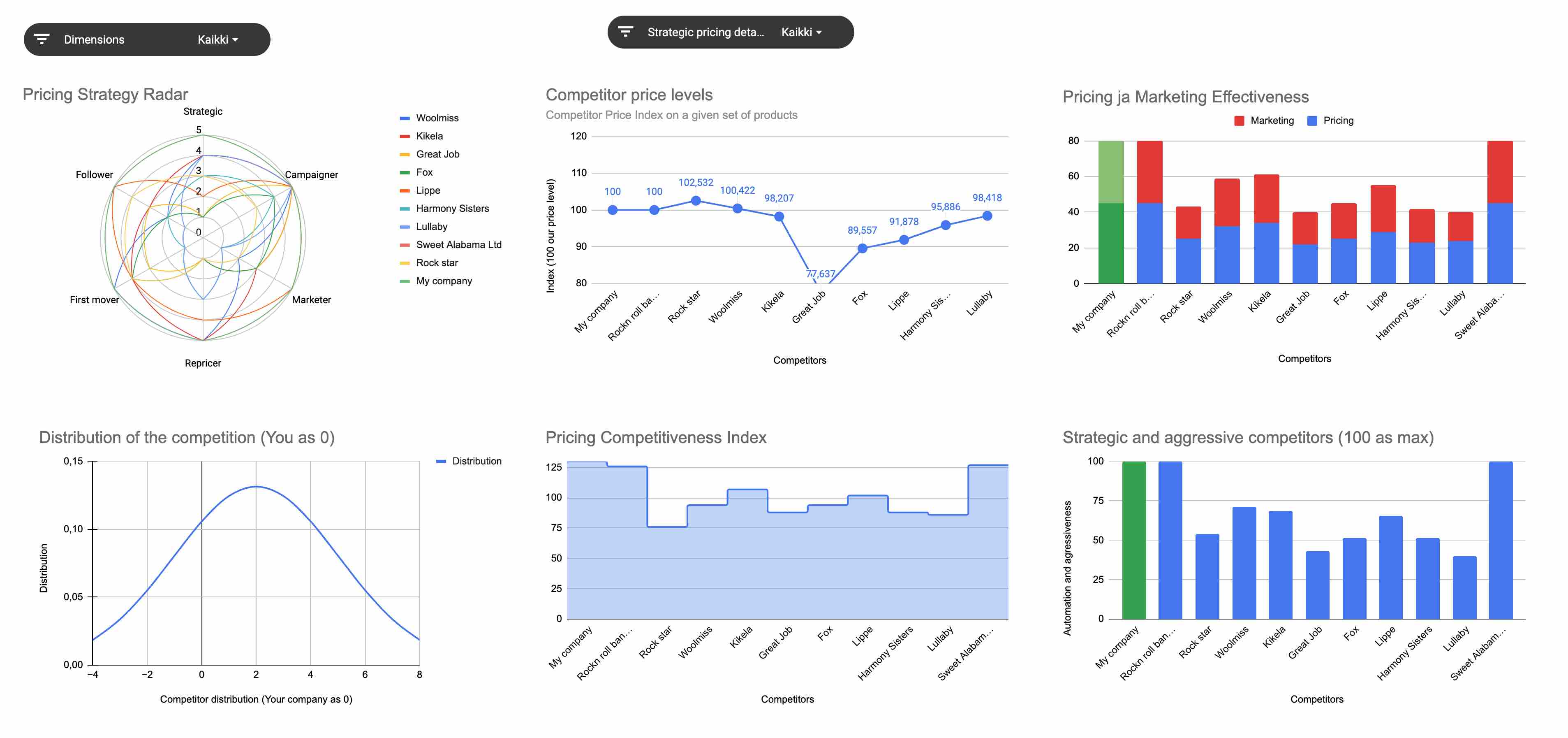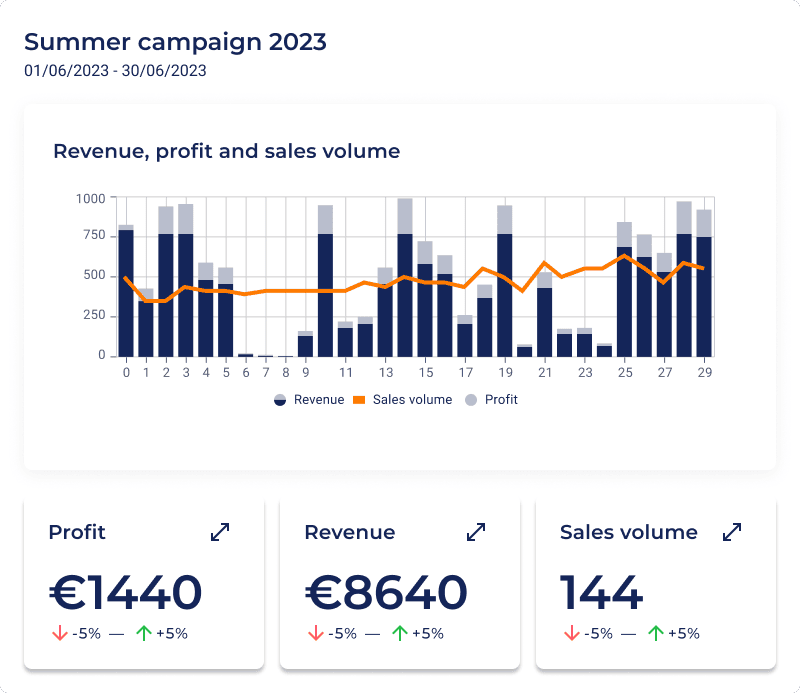As an aspiring or existing Shopify store owner, one of the crucial factors in your business success is determining the optimal pricing for your products. Proper market research is key to finding the sweet spot that maximizes sales and profitability. In this guide, we’ll take you through the process of conducting market research to set the right prices for your Shopify products.
Research Competitor Pricing
The first step in pricing your Shopify products is understanding how your competitors are pricing theirs. Identify direct competitors selling similar products and examine their pricing strategies. Look for the following information:
a) Base Price: Note the prices at which your competitors are offering similar products. It will provide you with a benchmark to start your pricing analysis.
b) Discounts and Promotions: Keep track of any discounts, special offers, or promotions your competitors are running. This will help you understand their pricing flexibility and how they attract customers.
c) Value Proposition: Analyze what unique selling points your competitors are using to justify their prices. This will give you insights into customer preferences and expectations.
Want to analyse your competitors pricing strategy easily?

Understand Customer Perceptions
Your customers’ perception of value plays a significant role in determining what they’re willing to pay for your products. Here are some ways to gauge customer perceptions:
a) Surveys and Feedback: Create surveys or gather feedback from existing and potential customers to understand their perception of your products’ value. Ask questions about pricing preferences and what features they consider most important.
b) Monitor Reviews: Pay attention to customer reviews, both on your website and your competitors’. Positive and negative feedback can reveal valuable insights about pricing satisfaction.
c) Customer Interviews: Conduct one-on-one interviews with loyal customers to gain deeper insights into their buying behavior and how they perceive the value of your products.
Conduct Price Elasticity Tests
Price elasticity measures how sensitive demand is to changes in product price. This test helps you understand the impact of price changes on sales volume. Here’s how to conduct price elasticity tests:
a) A/B Testing: Implement A/B testing by offering different prices for the same product to different customer segments. Monitor the sales performance and customer responses to determine the price point that yields the best results.
b) Dynamic Pricing: Experiment with dynamic pricing, where you adjust the price based on factors such as demand, time of day, or customer location. Monitor the impact of these changes on sales to optimize pricing strategies.
c) Bundling and Tiered Pricing: Test different bundling options or tiered pricing models to see how customers respond. This can give you insights into what pricing structure maximizes your revenue.
P.S: Don’t forget about price monitoring
Monitoring competitor prices is a crucial aspect of market research for pricing your Shopify products. Utilizing specialized software can significantly streamline this process and provide you with real-time data to make informed decisions. Price monitoring tools allow you to track competitor pricing changes, identify trends, and compare your prices against others in the market. By automating this process, you can save time and stay up-to-date with the latest pricing strategies employed by your competitors. This valuable data empowers you to adjust your prices dynamically, ensuring your Shopify store remains competitive and responsive to market fluctuations.
Price campaigns easier than ever.
Create campaigns in a few clicks, get insights and recommendations for your products.

Monitor Profit Margins and Business Goals
While setting prices, it’s essential to consider your business’s financial goals and profit margins. Ensure that your pricing strategy allows you to cover costs and maintain healthy profit margins. Factors like production costs, shipping fees, marketing expenses, and overheads must be factored into your pricing decisions.
Conclusion
Pricing your Shopify products requires a comprehensive understanding of the market, customer perceptions, and your business goals. By conducting thorough market research, analyzing competitor pricing, understanding customer preferences, and conducting price elasticity tests, you can find the optimal pricing strategy that drives sales and enhances your store’s profitability. Remember, pricing is not a one-time decision; it requires constant monitoring and adjustment to stay competitive in the ever-evolving market. That’s why pricing software is your best friend!


